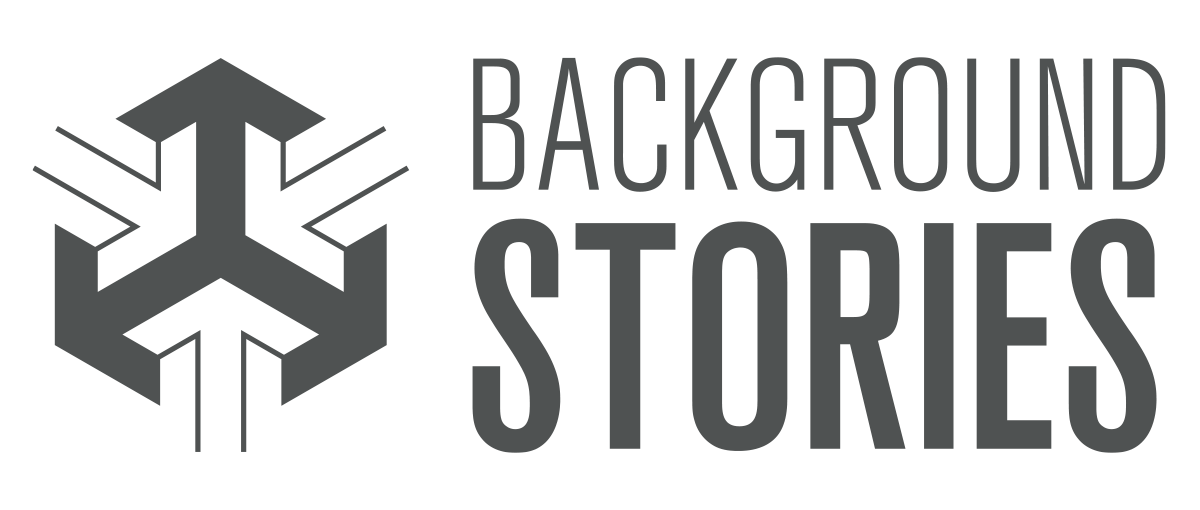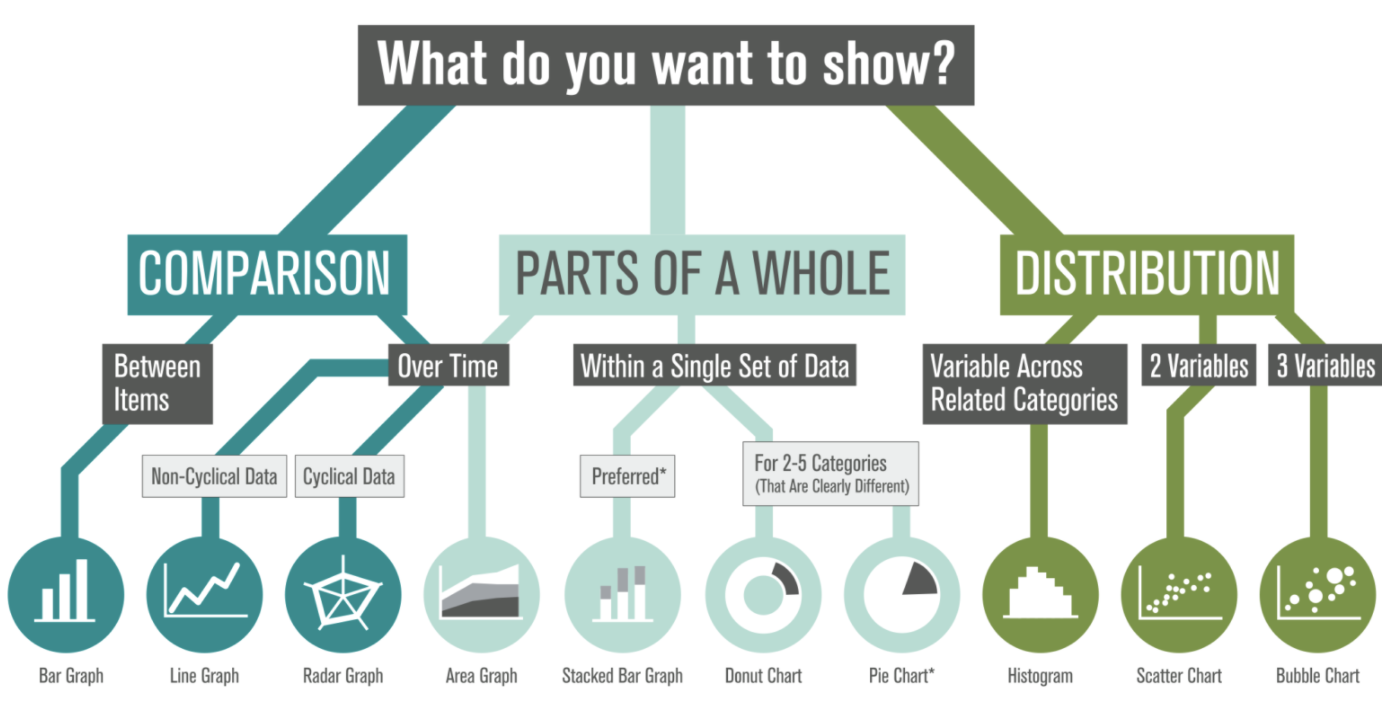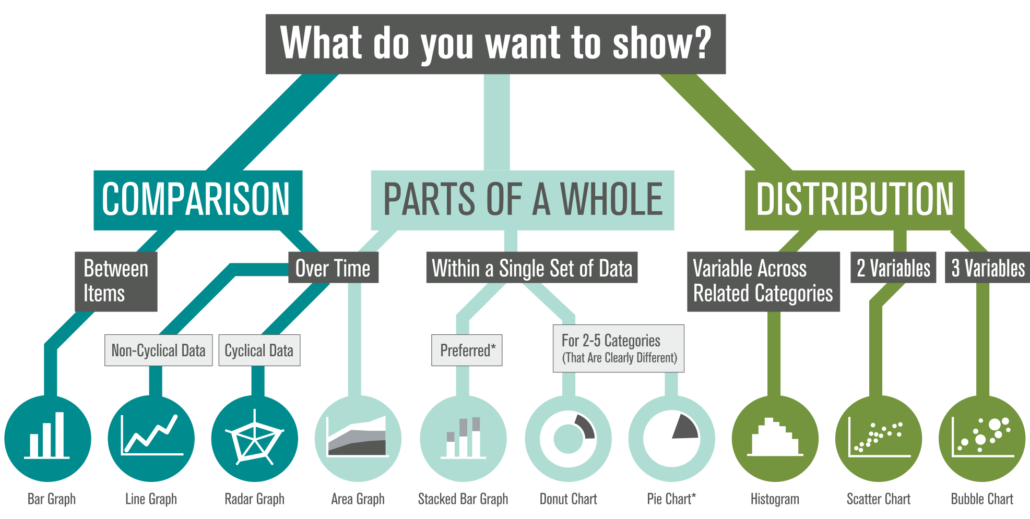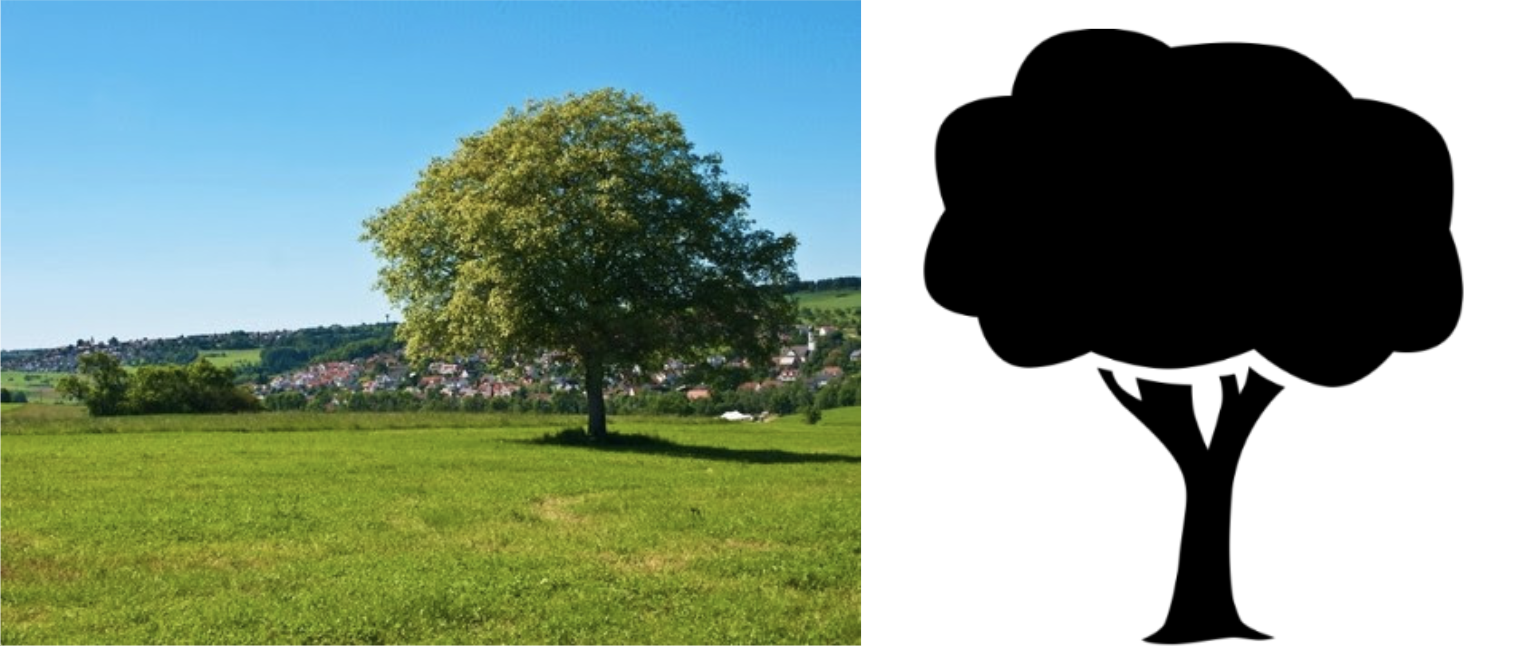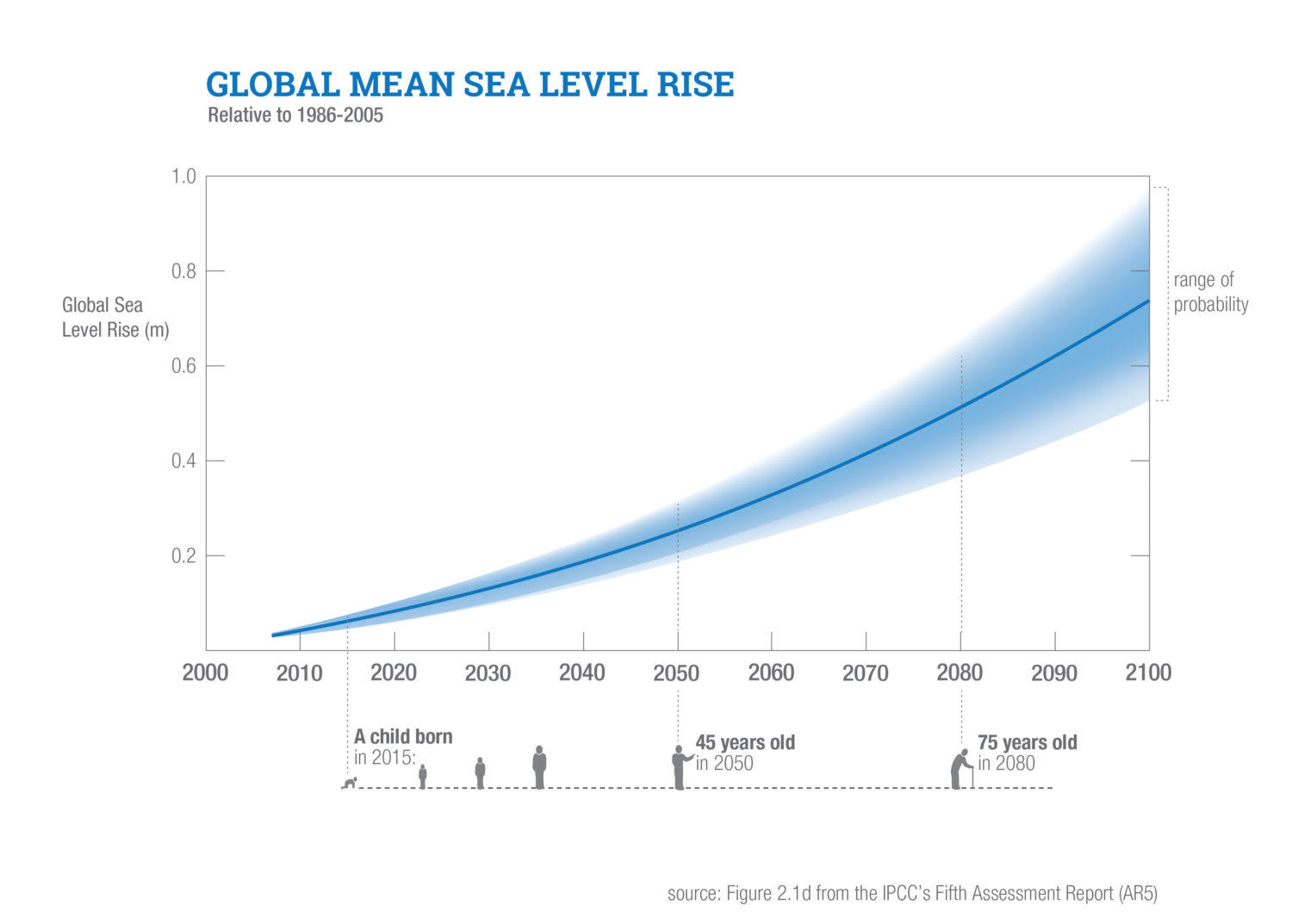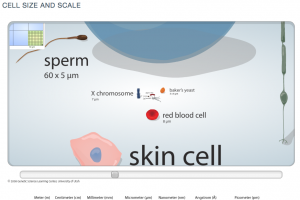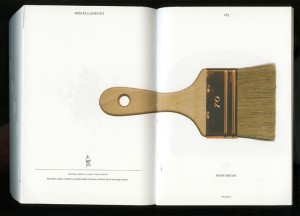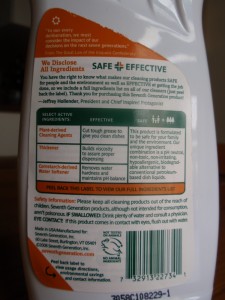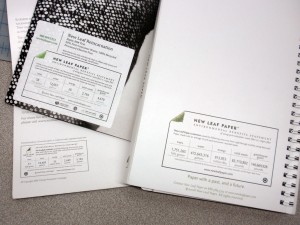When to use a photo vs. an icon
There are many style options available when it comes to communicating information visually. Photos excel at evoking emotion in individual scenarios, when the photograph literally represents what is being communicated.


Icon-focused infographics tend to group information on a more broad level: reflecting general patterns and information rather than specific, individual – and quite often emotional – experiences.
Consider this example: This tree photo points to a very specific situation and can evoke memories. Maybe it reminds you of one that you played under growing up. Alternatively, perhaps the species of tree on this rolling, green landscape looks nothing like where you live. That makes it harder to relate to.
An icon, on the other hand, is more versatile. The icon evokes the idea of ‘tree’ regardless of your own memories. It is perceived more generally as ‘tree’ rather than ‘deciduous tree’ or ‘kinda-like-our-climbing-tree’.
In short:
- Use a photo for specific circumstances, details, case studies and people
- Use an icon for general concepts, broad mapping, global systems and universal ideas.
Case studies are a great place to use photographs because they need to communicate details of a specific story. When the desire is to communicate a more global, standardized concept or structure, icons are generally a better choice. The 2 approaches can certainly be combined in a well-thought-out visual.
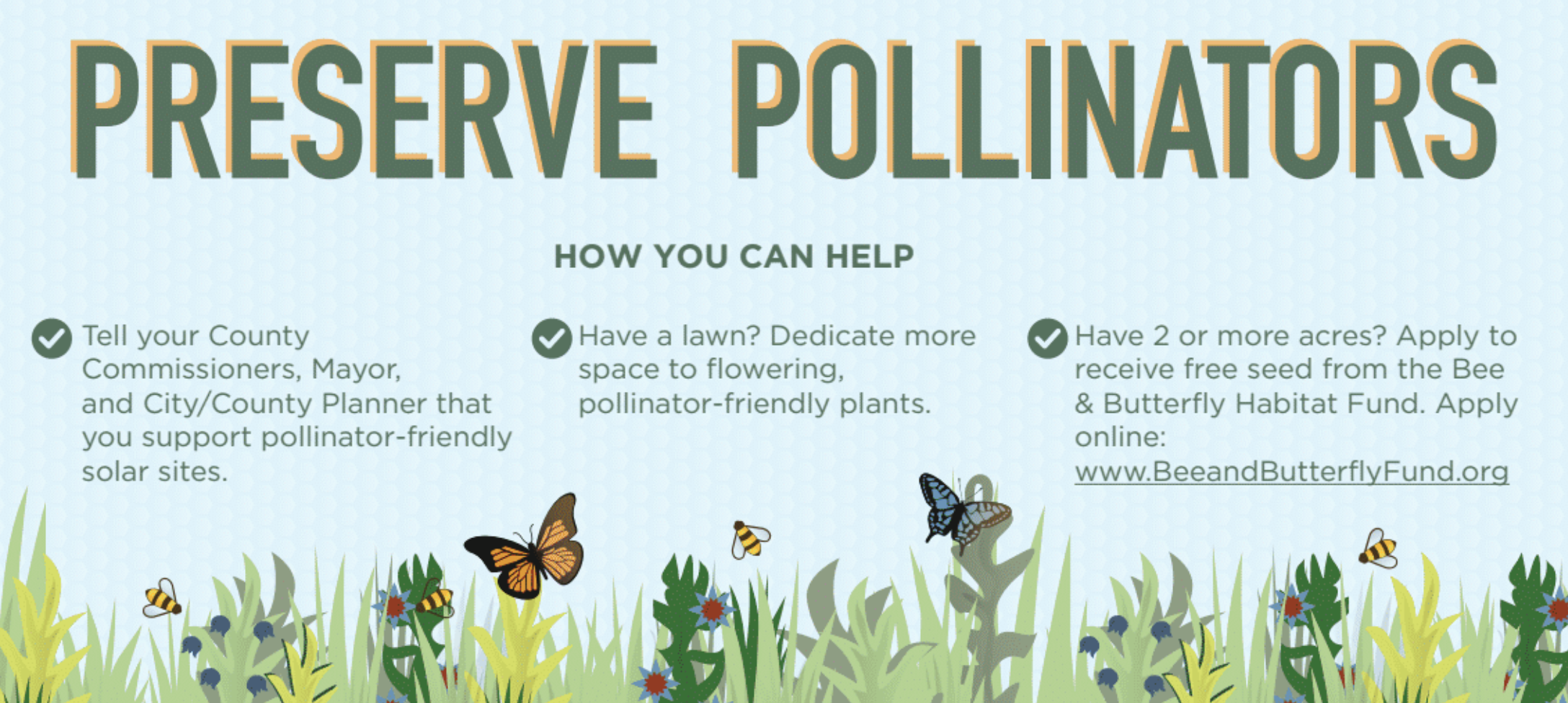 Our display, part of "The Common Table: Minnesota Eats" exhibit in the Agriculture Horticulture Building, highlights how our region is leading the way in policymaking and on-farm efforts to bring more pollinator habitat to otherwise underutilized land. You can see the exhibit in-person from August 23 through September 3, along with nearly two million other fair-goers (who famously flock to the event for all kinds of foods and creations "on a stick"). Of course, our sticks — a series of cutout landscape elements and hide-and-seek pollinators for you to find — will be glued down, but you're sure to learn a lot about the powerful partnership of pollinators and solar energy!
Our display, part of "The Common Table: Minnesota Eats" exhibit in the Agriculture Horticulture Building, highlights how our region is leading the way in policymaking and on-farm efforts to bring more pollinator habitat to otherwise underutilized land. You can see the exhibit in-person from August 23 through September 3, along with nearly two million other fair-goers (who famously flock to the event for all kinds of foods and creations "on a stick"). Of course, our sticks — a series of cutout landscape elements and hide-and-seek pollinators for you to find — will be glued down, but you're sure to learn a lot about the powerful partnership of pollinators and solar energy!
 Our display, part of "The Common Table: Minnesota Eats" exhibit in the Agriculture Horticulture Building, highlights how our region is leading the way in policymaking and on-farm efforts to bring more pollinator habitat to otherwise underutilized land. You can see the exhibit in-person from August 23 through September 3, along with nearly two million other fair-goers (who famously flock to the event for all kinds of foods and creations "on a stick"). Of course, our sticks — a series of cutout landscape elements and hide-and-seek pollinators for you to find — will be glued down, but you're sure to learn a lot about the powerful partnership of pollinators and solar energy!
Our display, part of "The Common Table: Minnesota Eats" exhibit in the Agriculture Horticulture Building, highlights how our region is leading the way in policymaking and on-farm efforts to bring more pollinator habitat to otherwise underutilized land. You can see the exhibit in-person from August 23 through September 3, along with nearly two million other fair-goers (who famously flock to the event for all kinds of foods and creations "on a stick"). Of course, our sticks — a series of cutout landscape elements and hide-and-seek pollinators for you to find — will be glued down, but you're sure to learn a lot about the powerful partnership of pollinators and solar energy!